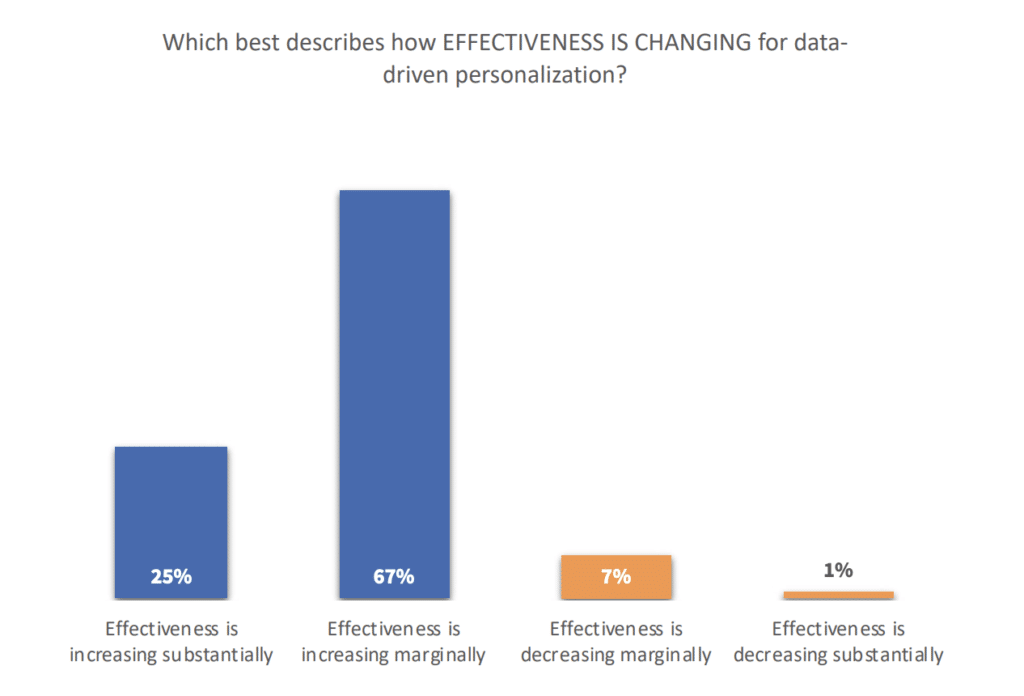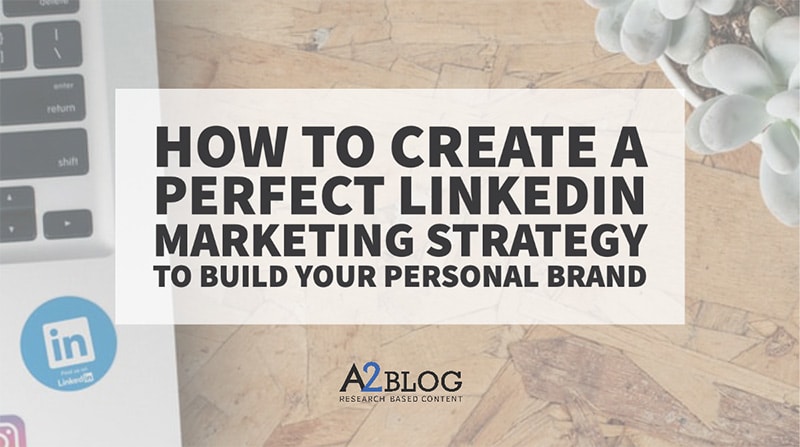Guest post written by: Stefan Smulders, Expandi.io
Behind every successful brand or person on LinkedIn there is a well-planned marketing strategy executed to perfection. You notice it as soon as you visit the page – content seems carefully curated, everything is in its own place, and the engagement is sky high!
Implementing a winning LinkedIn strategy can help you grow your own brand dramatically: you can increase the number of followers and build the grounds for getting leads for your product or service. Moreover, you’ll be able to build a community of your brand ambassadors who’ll spread a word about your business further. Not to mention all the valuable connections with some important people you’ll get along the way that may benefit you in the future. All of this helps you increase your profile in the industry and may open yourself to new, potentially career-changing opportunities.
A perfect LinkedIn marketing strategy is a combination of two things: creating quality content that provides value to anyone who engages with it, and driving the right people to that content.
Here are four steps that you can use to make your LinkedIn strategy great.
Step 1: Build up your profile
Before you can even think about growing your LinkedIn followership, you need to make sure your profile is presentable. Profile and cover photos, bio – everything needs to tell your story in a concise and clear way.
Just how important a good profile is to your visitors? Well, one study shows that people with solid profiles are 71% more likely to land a job, and that’s according to the hiring companies! The same goes for leads – a quality profile will attract more attention.
Here are some key tips on how to make your profile stand out:
· Choose the right picture – a good profile picture should be as recent as possible. Your face should take up more than 50% of the picture, and you should be dressed professionally. Important note: Linkedin profile photo size is between 200×200 and 500×500 pixels.
· Use your summary – a lot of people still leave this space blank, which is a big mistake. In your summary, you can highlight your experience and key skills. Here’s a pro tip: try to include some of the most impressive results you’ve achieved – did you increase someone’s sales, generate leads, grow audiences? Also, quantify your achievements. For example, don’t say you are experienced at lead generation. Instead, say that you increased lead generation by 20% in six months. Be honest and be specific.
· List your skills and start endorsing – choose the most relevant skills and include them in the “skills” section. Make sure you select the skills you’re most proficient in. After that, you can go through your network and endorse other people’s skills – some of them will return the favor. Also, don’t be afraid to reach out to some of them and politely ask for an endorsement.
If you’re managing a company page, take a look at this comprehensive guide – it’s a bit more complex than running your own profile, but similar rules apply!
Step 2: Create relevant content
Once you’ve got your profile set up, you’ll want to start creating relevant content on Linkedin.
What constitutes as “relevant content” will largely depend on your industry, but for now, let’s define it as “anything that my target audience will find useful”. In other words, you’ll want to offer tips, research results, proven strategies, or any other resources that someone from your industry would want to interact with.
You can start with exploring what type of content people trust the most, as that always has the potential to get a lot of engagement. Ascend2 research reveals that these are the most trusted types of content:

As you can see, research and case studies lead the way, but you can combine those with photos/infographics and blogs to create diversified content that your target audience will keep coming back to.
Start creating and be patient – this step is all about creating a good LinkedIn posting strategy and building up your content base that will get you ready for the next step.
Step 3: Implement an outreach strategy
Once you have a strong Linkedin profile with a lot of great content to offer, it’s time to think about a LinkedIn outreach strategy.
There are a lot of ways to go about this step, but I like to recommend using LinkedIn automation tools, as manually hunting for leads takes up a lot of time and often yields disappointing results.
Here’s a brief guide on how to start doing Linkedin outreach with the help of an automation tool. In this case, we will be using Expandi, a cloud-based tool (it’s safer to avoid Chrome extensions and stick to cloud-based solutions).
First, you need to create a target audience. A good way to do this would be to find a Facebook group that gathers professionals from your industry. You can then use Phantombuster’s “Facebook Group Extractor” to scrape all of the members from this group and get their names. By using another tool from Phantombuster called “LinkedIn profile URL finder” you can find LinkedIn profiles of all these group members and target them through personalized connection requests. You can also find a Linkedin post that’s relevant to your industry and target all the people who engaged with it. Here is a detailed guide on how to do all of this easily.
Second, you want to reach these target audiences with personalized messages, tailored to their interests. This is a very important step, as generic messages can undermine all your hard work up to this point! By the way, content personalization is still a problem point for certain automation tools, but an Ascend2 report shows that progress is definitely being made.

Finally, you should keep monitoring your outreach campaign, take notes, and keep improving.
Step 4: Test, analyze, change
Most people would stop at Step 3 and consider their strategy complete.
However, a perfect Linkedin marketing strategy relies on testing, analysis, and experimenting. There are so many things you can test for – you can see which types of messages give you best results, which target audiences are the most engaged, and which type of content is performing the best!
Don’t be afraid to experiment with content – even if some of the topics you’re covering seem to be performing great, changing things around might prove beneficial. People tend to get tired of seeing the same content all the time, so keep things fresh by always trying different approaches.In the end, what matters most is that you have a wholesome approach – your content, outreach, and analytics should all work together to help you create a great Linkedin marketing plan that gives you amazing results!
Guest post written by: Stefan Smulders is a SaaS Entrepreneur | Founder of Worlds safest software for LinkedIn Automation, Expandi.io | for more than 5 years Founder of LeadExpress.nl

